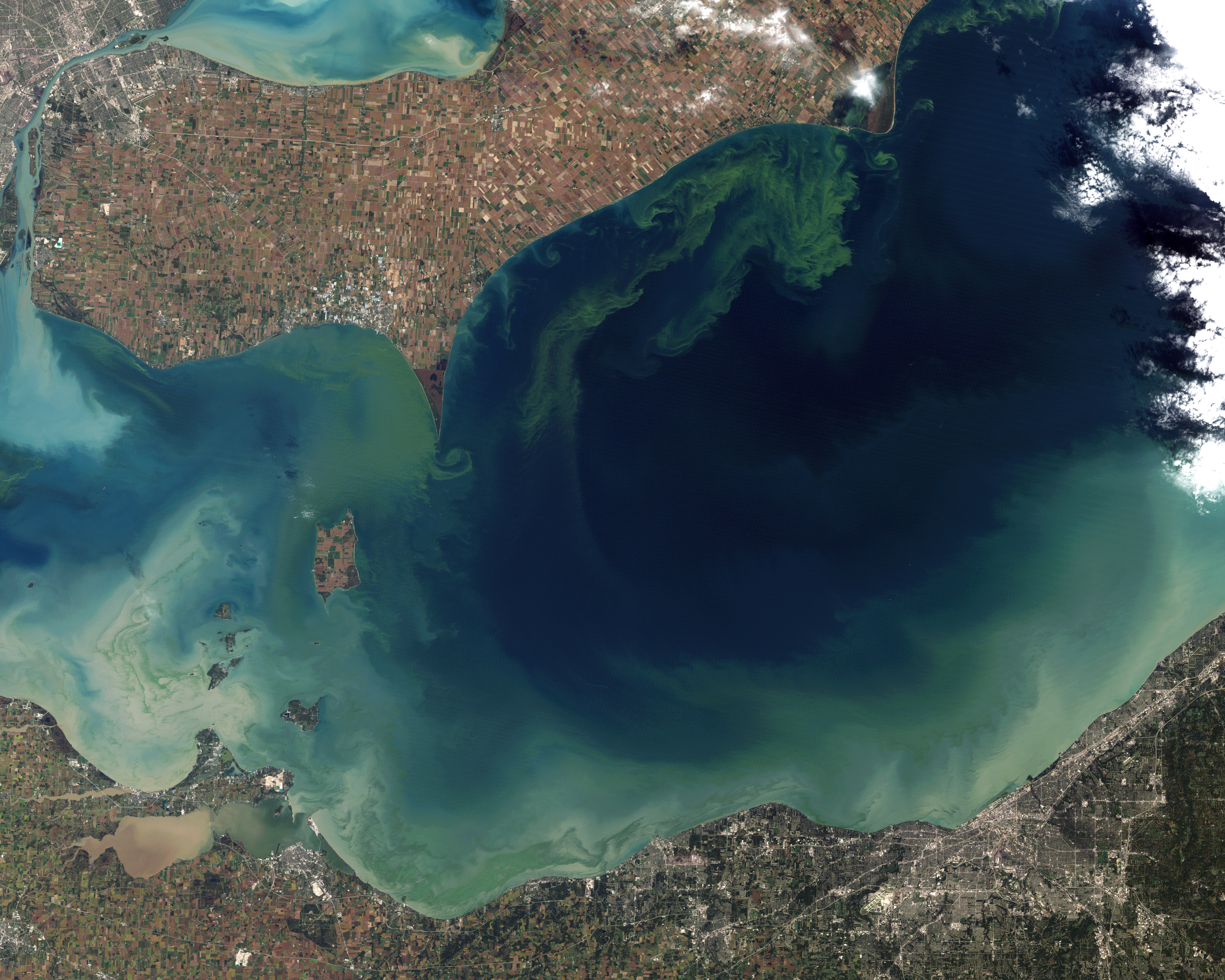I Am Iron Ocean
By Shannon Jones, Marine Biology, 2016
With the rise of global carbon dioxide levels, many researchers are looking to reduce anthropogenic climate change in order to reduce global biosphere change. The rise in temperature occurring currently is considered irreversible for at least 1,000 years after anthropogenic emissions stop. One method of reducing atmospheric carbon, carbon sequestration, removes the carbon dioxide in the atmosphere and stores it in various ways. With this method, the world could ultimately reach a “carbon neutral” state, in which the carbon output into the atmosphere is cancelled out by carbon intake by various sources.
One of the most popular suggestions for storing carbon is to take it from the air and move it into the deep ocean using biological mechanisms. Open-ocean phytoplankton are an excellent candidate for this — if allowed to grow, plankton can hypothetically take in carbon, store it in their bodies, and then when they die, sink to the bottom with that carbon still in their cells. Normally, when an area is devoid of phytoplankton, it signals that they are lacking in some necessary nutrient. Large patches of the ocean are high in nitrates and phosphates, the critical fuel for life, but low in chlorophyll, which shows a lack of phytoplankton activity. Evidence suggests that the limiting nutrient in these systems is iron. Dr. John Gribbin was the first to suggest that by adding iron to these high nitrate, low chlorophyll (HNLC) sites, “a ‘technological fix’ to remove carbon dioxide from the air might be practicable.”
Since then, experiments have shown that when iron is added to HNLC locations, plankton populations can suddenly expand to huge amounts. Researchers theorize that releasing iron will cause carbon to be taken in by phytoplankton, which will die and subsequently sink, effectively removing carbon from the air. There isn’t a consensus on this idea. Some researchers think that “fertilizing” the ocean with iron will work, while other researchers think fertilizing could be disastrous for the ecosystem.
Modifying the natural order on such a massive scale has a tendency to make governments nervous, and virtually every large-scale fertilization experiment in the last few years has been followed by inquiries by both national and international authorities. In fact, the United Nations Convention on Biological Diversity requested in 2008 that all member countries restrict iron fertilization experiments to smaller-scale experiments. Currently, research in the field is divided between those who intend to follow the UN decision and those who do not.

Some researchers study natural fertilization events, which happen when iron-rich dust or runoff enters the ocean from the land. These natural-based experiments allow data to be gathered by researchers without endangering ecosystems. Other researchers have chosen to proceed with experiments despite sanctions, taking the risk that officials will not be able to police pelagic (open sea) areas. The size of the open ocean, conflicting regulations between countries, and oversight in international waters are all working against regulatory forces. Some companies have declared their intention to do large-scale experiments simply because becoming the people who solved the world’s carbon problem would be an enormously profitable enterprise.
The oceans remain vulnerable to those who conduct unregulated iron fertilization experiments. In 2012, a group of scientists from the Haida Salmon Restoration Corporation (HSRC) dumped 100 tons of iron sulfate off of fishing boats, resulting in a phytoplankton bloom that spanned thousands of miles and lasted for several months. This caused consternation in the scientific community, many of whom were horrified at the scope of the experiment, the proximity to land, and the lack of regard for others in the area. The HRSC group thought that by increasing the phytoplankton in the area, they would provide a bottom-up motivation for the expansion of the natural fishing stocks, and be able to restore salmon populations. Instead, the phytoplankton bloom that resulted had far-reaching effects in both Canadian and US waters, and though data from this experiment has been made public, no legitimate scientists want to be affiliated with the situation. Many people considered this to be a violation of the UN sanctions, which are not legally binding. The HSRC is under investigation and has been disgraced the scientific community, but so far, no charges have been made.
The difficulties in regulating iron fertilization make the future of carbon sequestration using phytoplankton uncertain, even though this remains one of the few viable carbon sequestration strategies available to researchers. Hopefully scientists and legislators can find a way to strike a balance between what is healthy for ocean ecosystems and what is necessary to save the planet.
